|
This Friday the children got to see a spectacular performance, Jungle book, staring students of Ho`okele and our very own...Macy Nett performing as a gorgeous flower! She did an amazing job, as well as all the other children. It was an exciting story that captivated our attention with song, dance, and costume! Tickets are still available for tonights' shows. It's a must see! Here is a summary of what happened in our classroom: In Langauge Arts...
In math...
0 Comments
In celebration of Dr. Seuss' birthday, students enjoyed fun-filled events all week long. One of the highlights included our very special guest readers Mrs. Gigi (Estee's Grandma) and Mrs. Yakshi (Sunakshi's Mom). Mrs. Gigi read the children a book about the Wright brothers, Orville and Wilbur, and their contributions as American engineers, inventors, and aviation pioneers. Students learned how to folder paper airplanes, which they later took to flight! We were then treated to a fun Clifford Puppy Days story about graduation. Mrs. Yakshi spoke to the children about how graduations are a thing to celebrate, whether you're graduating from college, high school, or even 2nd grade! Mrs. Yakshi then had the children make their very own puppy bookmark.
Here is a summary of what happened in our classroom: In Langauge Arts...
In math...
|
Proudly powered by Weebly
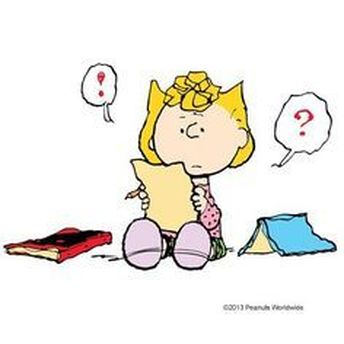
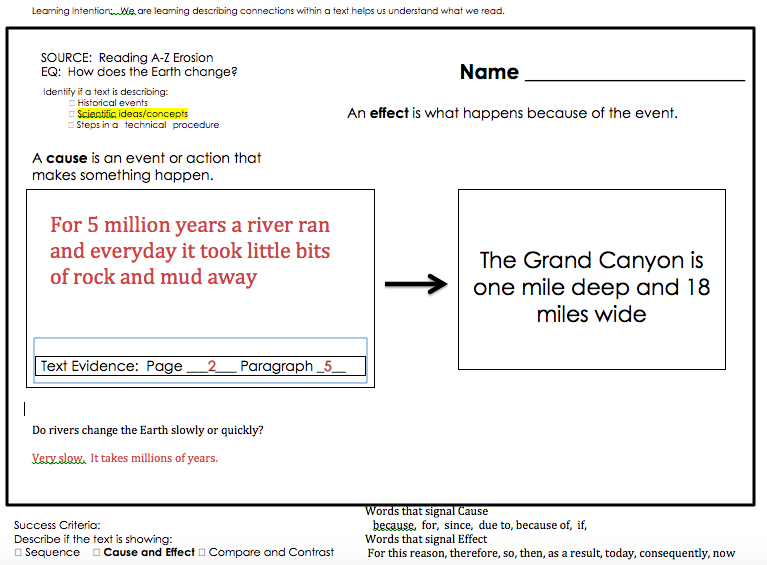
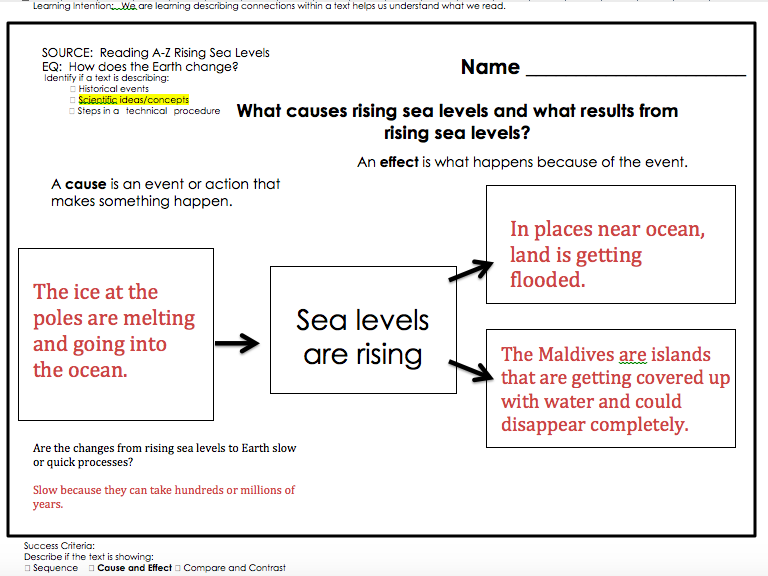
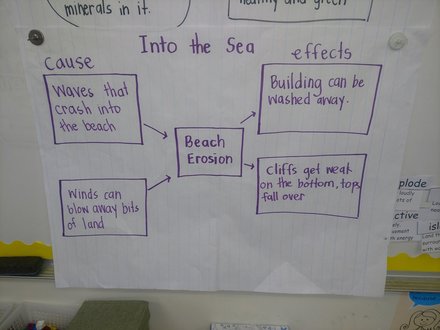
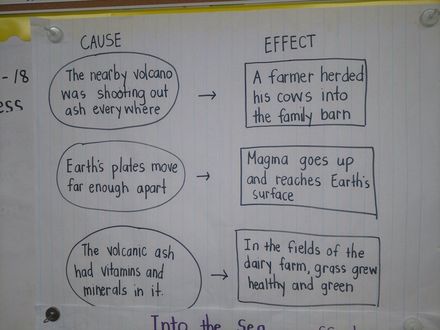
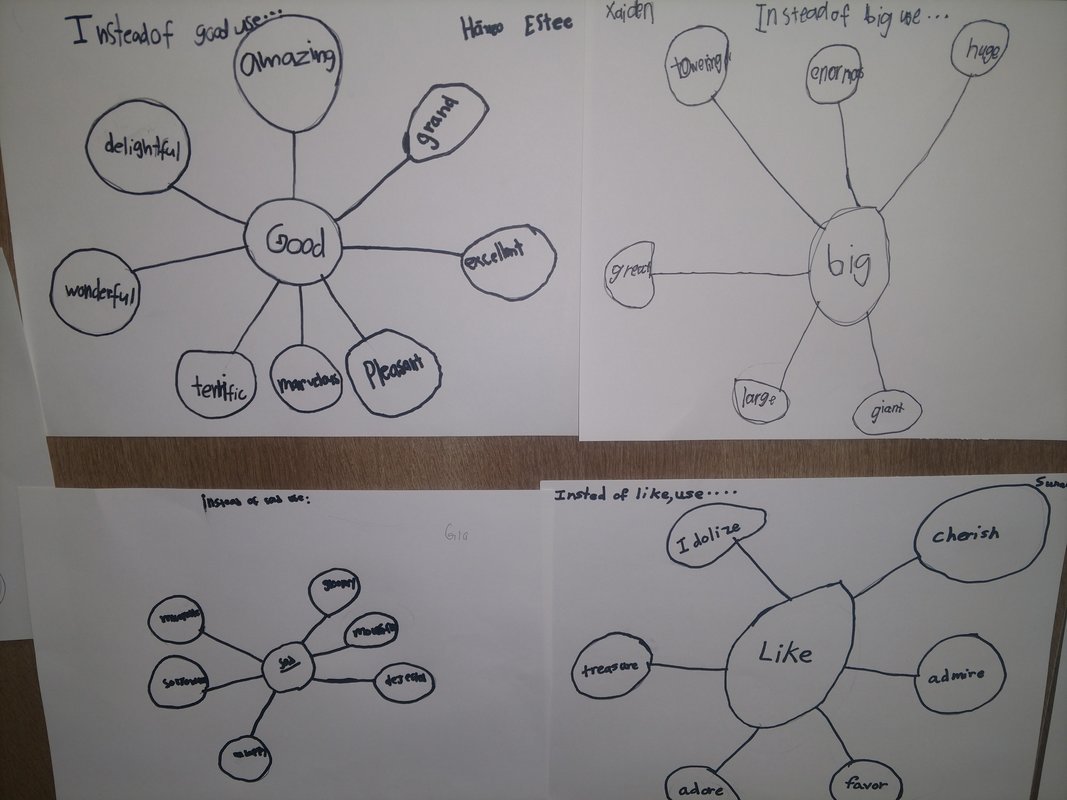
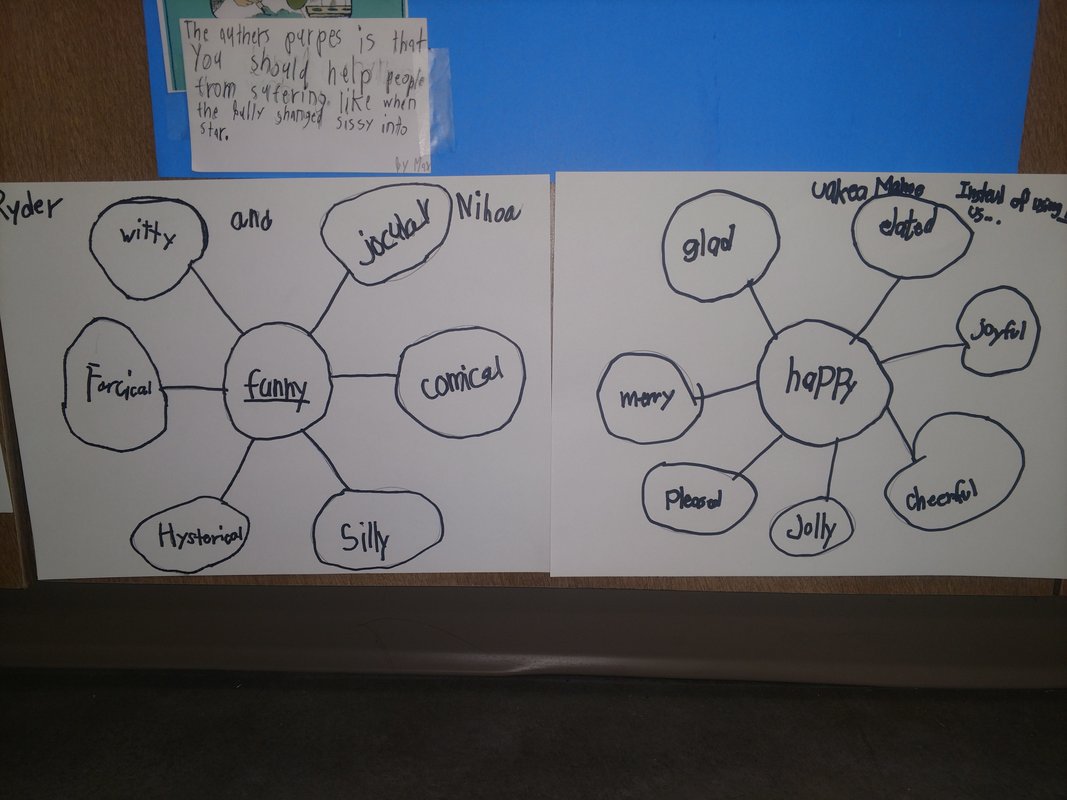
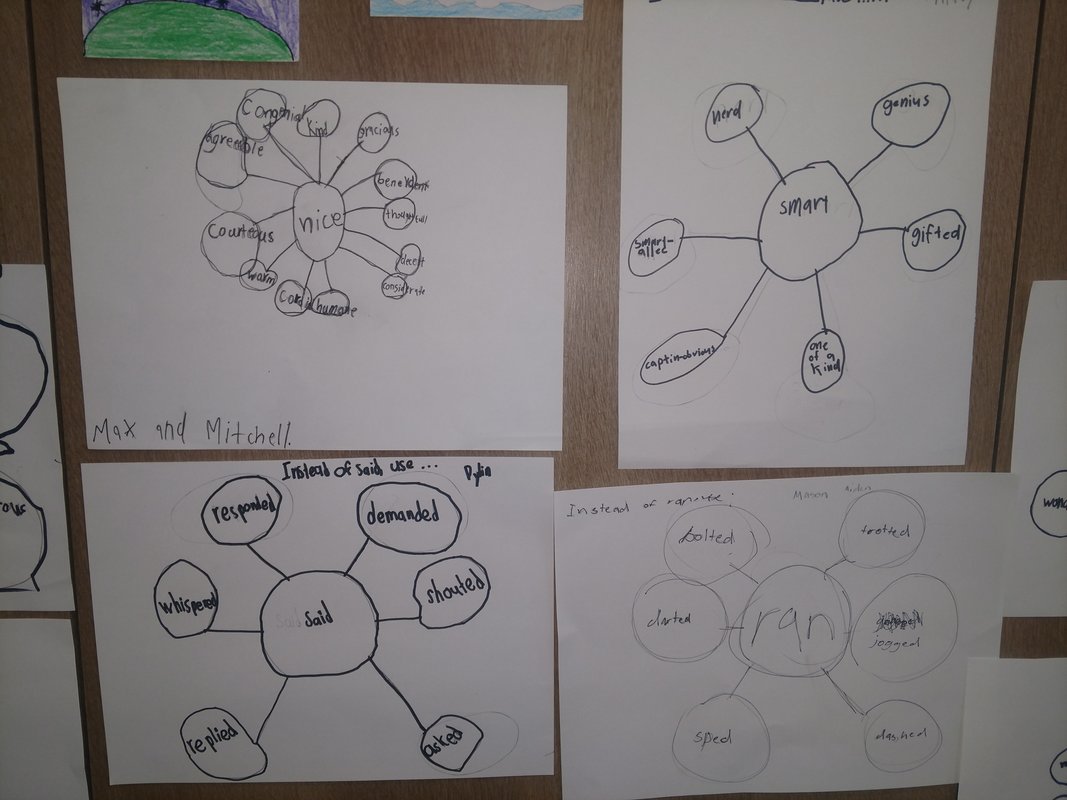
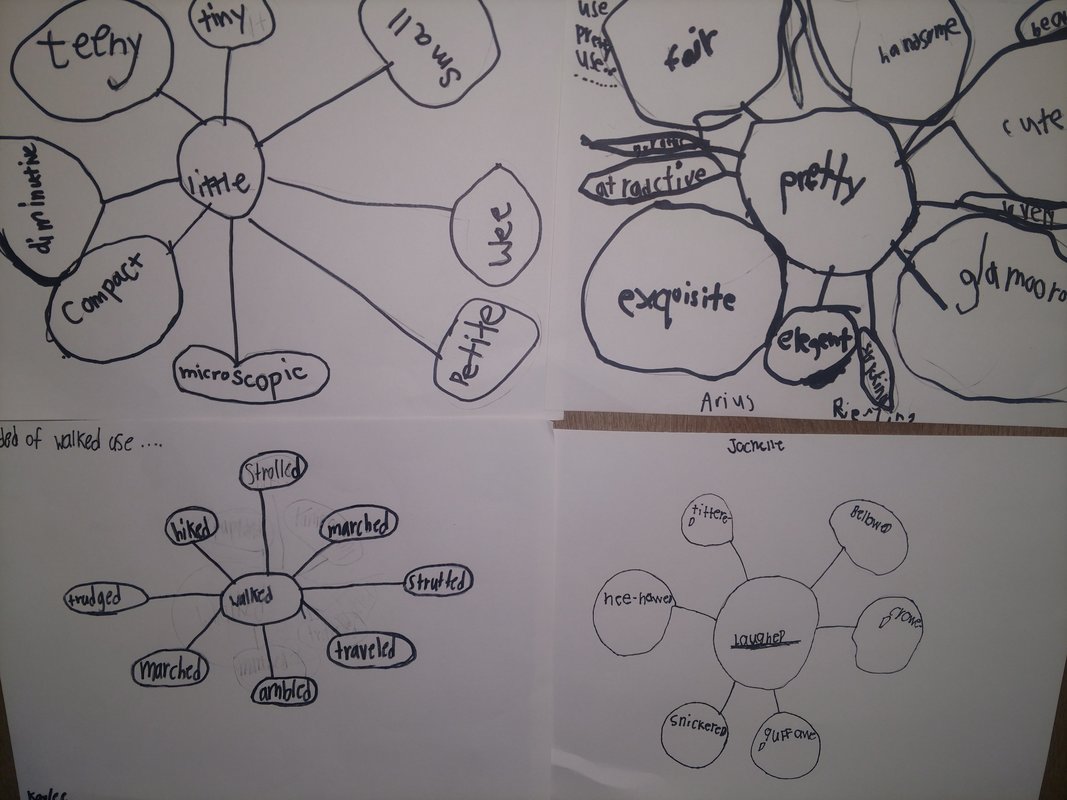
 RSS Feed
RSS Feed